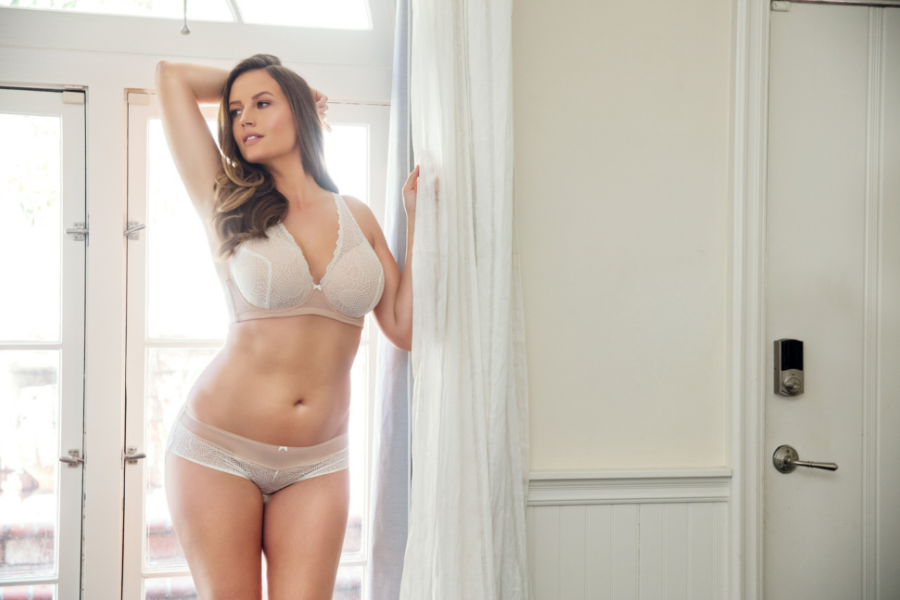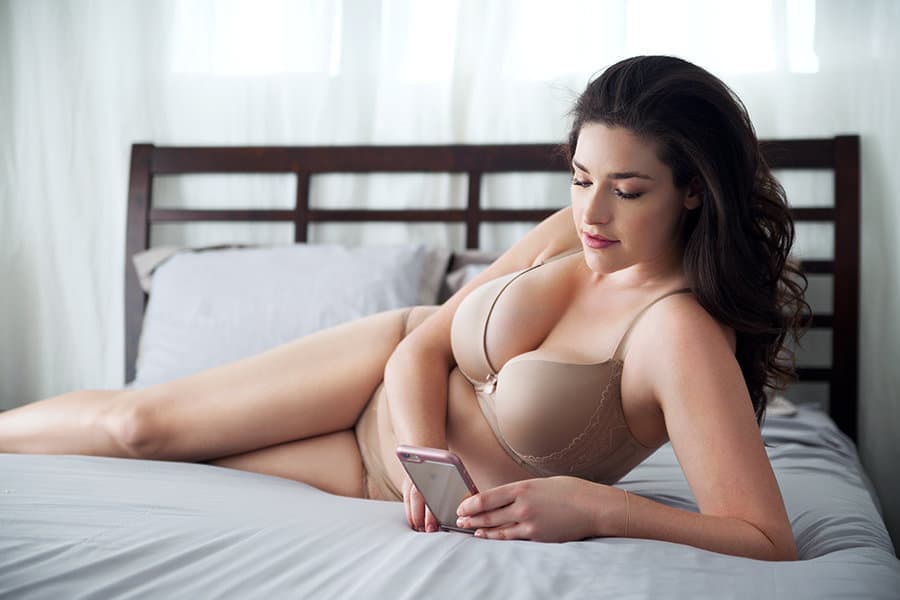Everything You Need To Know About Breast Self Exams
Whether you know it or not, breast self exams should be a regular part of any woman’s life. So, are you doing them? Sure, wearing a well-fitting, supportive bra is a great way to take care of your breasts. But when it comes to identifying potential health issues, these exams are crucial. Performing a self exam helps you to get to know your breasts better, thereby allowing you to detect some abnormalities. Once you notice that something is a little “off,” you can report it to your doctor, who can determine whether there’s any cause for concern.
The reality is, though, that many of us were never taught how to do a breast self exam or that we should do them regularly.
In this guide, we’ll go over everything you need to know about these exams: how to perform them, what to look for, and when to worry.
Why do I need to do a breast self exam?
According to Breastcancer.org, a breast self examination is a convenient, useful cancer screening tool for all women when used in combination with regular exams by a doctor.
Your breasts are continually changing and evolving. And there are many reasons why they may look or feel different over time, from pregnancy and breastfeeding to weight loss or menopause. However, some changes in your breasts can point to the possibility of breast cancer.
Johns Hopkins Medical center states: “Forty percent of diagnosed breast cancers are detected by women who feel a lump, so establishing a regular breast self exam is very important.”
That’s why you should be examining your boobs on a regular basis — the more frequently you’re checking them out, the more aware you’ll be of any changes that may be worth bringing up to your doctor.
When/how often should I do my breast self-exam?
Stanford Medicine recommends that women starting to perform breast self-exams around age 20, and continuing the practice about once a month throughout their lives.
There are certain factors to take into account when timing your exam. Stanford Medicine reports that it’s best to wait until a few days after your period ends, as your breasts are far less likely to be swollen or tender during this time (and you’ll need to do some feeling around). If you’re pregnant or no longer get a period, it’s a good idea to designate a specific day that you’ll perform your exam every month to help you remember and ensure you’re doing your exams consistently.
Related: 7 Things To Do To Maintain Your Breast Health
How do I do a breast self-exam?
According to the Maurer Foundation, it’s not advisable to do your self-exam in the shower or with any lotion on your hands, so wait until your skin is dry before you begin.
There are several ways to perform an exam. Ideally, you should examine your breasts both standing up and lying down — the former allows you to use visual observation to take note of any changes, while the latter allows you to feel changes with physical touch.
What can I do to make my breast self exams a regular habit?
The most important thing you can do is to make your breast self exams a regular habit. If it helps, schedule your exams in your calendar, or set monthly reminders on your phone. It’s also a good idea to start keeping a journal, where you can keep track of your observations. Note any abnormalities, so you can remember to bring them up to your doctor if need be. You can refer back to these journal entries to remind yourself of what’s normal, and also keep track of which changes only appear at certain times (such as around your period) and which ones don’t seem to be going away.
The Brunswick Centre recommends familiarizing yourself with your breasts’ different “neighborhoods.” The area underneath the nipple, for example, may feel like a sack of large grains, or a pebbly beach, whereas the outer area of the upper breast by the armpit typically has the most lumps and bumps.
If you noticed any changes in your breasts or found a lump, it’s a good idea to schedule an appointment with your doctor, especially if those changes appear to be worsening in any way. That said, don’t panic. There are plenty of other possible reasons why you might have a lump that doesn’t involve breast cancer. In fact, The Maurer Foundation reports that a whopping 80 percent of breast lumps are not cancerous. Still, it’s best to be on the safe side, so give your primary care doctor or gynecologist a call to further evaluate your observations.
Breast self-exams may not be the most enjoyable or exciting activity, but they’re so important — they allow you to get to know your body better, and furthermore, take charge of your health. Make them a regular part of your life and you’ll have peace of mind that potential problems don’t go unnoticed for too long.
Related: How To Solve Bra Pain
We Highly Recommend
Whether you’re shopping for new everyday bras or lingerie for a special occasion, it’s always a good idea to seek out a second opinion. We know how hard it is to find bras that fit well and feel good, especially when you’re doing it on your own. If you’ve ever felt unsure about your bra size or you just don’t know where to go to find good bras, it’s time to let a bra fitter help.
Many specialty lingerie boutiques offer bra fittings. Their expert bra fitters will take the pain and frustration out of bra shopping and do all the work for you. Even better, their product knowledge can save you time and money. Plus, they know where all of the best bras are hiding.
If you’ve struggled with finding bras in the right size, it’s time to make a change. Visit our specialty store locator to find a store near you and schedule an appointment.
Happy bra shopping!






